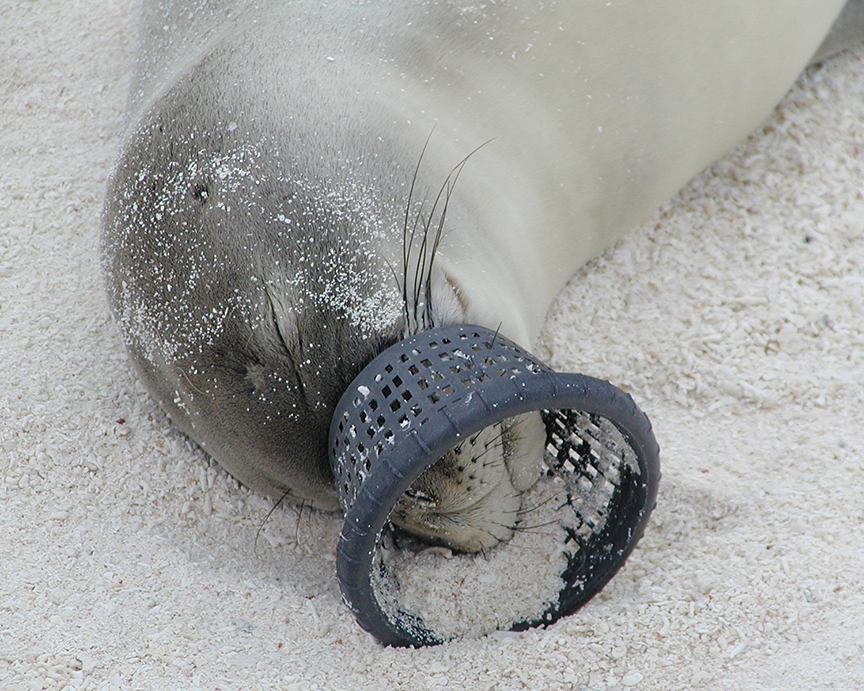
The sea toad, Chaunax umbrinus, a type of deep-sea angler fish, was seen at 328 meters depth off the southwest tip of Ni’ihau. The yellowish frilly structure in the center of its forehead is used as a lure. Photo courtesy of the NOAA Office of Ocean Exploration and Research, 2015 Hohonu Moana.
From Sept. 15 through Oct. 1, scientists aboard the Exploration Vessel (E/V) Nautilus will be exploring seamounts in Papahānaumokuākea Marine National Monument. This deep-sea exploration will be streaming live on NautilusLive.org with interactive Q&A for audiences around the world.
“We think that there could be incredible coral and sponge gardens on these seamounts based on previous work that was done nearby both inside and outside the monument,” said Christopher Kelley, Ph.D., University of Hawai‘i at Mānoa School of Ocean and Earth Science and Technology.
Researchers will conduct seafloor mapping and Remotely Operated Vehicle (ROV) dives on unexplored seamounts to help determine how and when they formed and to document the biological communities that presently live on them. ROVs will survey seamounts located between the Musicians Seamounts and the Hawaiian ridge for the presence of deep high density coral and sponge communities. Activities will be live-streamed around the clock, viewable from any computer with an Internet connection.
Kelley is a lead scientist on the expedition along with Thomas Hourigan, Ph.D., NOAA Deep-Sea Coral Research and Technology Program. Expedition Leader is Allison Fundis with Ocean Exploration Trust.

A splendid perch observed towards the top of the pinnacle feature surveyed along the SW coast of Niihau. Photo courtesy of the NOAA Office of Ocean Exploration and Research, 2015 Hohonu Moana.
The project is part of the broader 2018 Nautilus Expedition exploring the Eastern Pacific Ocean, surveying unexplored regions from British Columbia, Canada, along the West Coast of the United States, and west to the Hawaiian Islands. The platform is E/V Nautilus, a 64-meter (211-foot) research vessel crewed by 48 scientists, engineers, professional mariners, educators, and students, and operated by the Ocean Exploration Trust. The E/V Nautilus is equipped with telepresence, which allows scientists from around the world to participate in the mission and brings the expedition and ocean science to classrooms, allowing students across the country to directly engage with mission staff and operations.
Papahānaumokuākea Marine National Monument is the largest contiguous fully-protected conservation area under the U.S. flag and one of the largest marine conservation areas in the world. It is administered jointly by four co-trustees – the Department of Commerce, the Department of the Interior, the State of Hawai’i, and the Office of Hawaiian Affairs.
The Ocean Exploration Trust was founded in 2008 by Dr. Robert Ballard – best known for his discovery of RMS Titanic’s final resting place and as a National Geographic Explorer at Large – to engage in pure ocean exploration.
The NOAA Office of Ocean Exploration and Research supports E/V Nautilus ocean exploration expeditions, which operates under a similar paradigm to that of NOAA Ship Okeanos Explorer.
For details of the Nautilus 2018 expedition plan and to watch live video, visit nautiluslive.org.
Discover more from ForKauaiOnline
Subscribe to get the latest posts sent to your email.





Leave a Reply